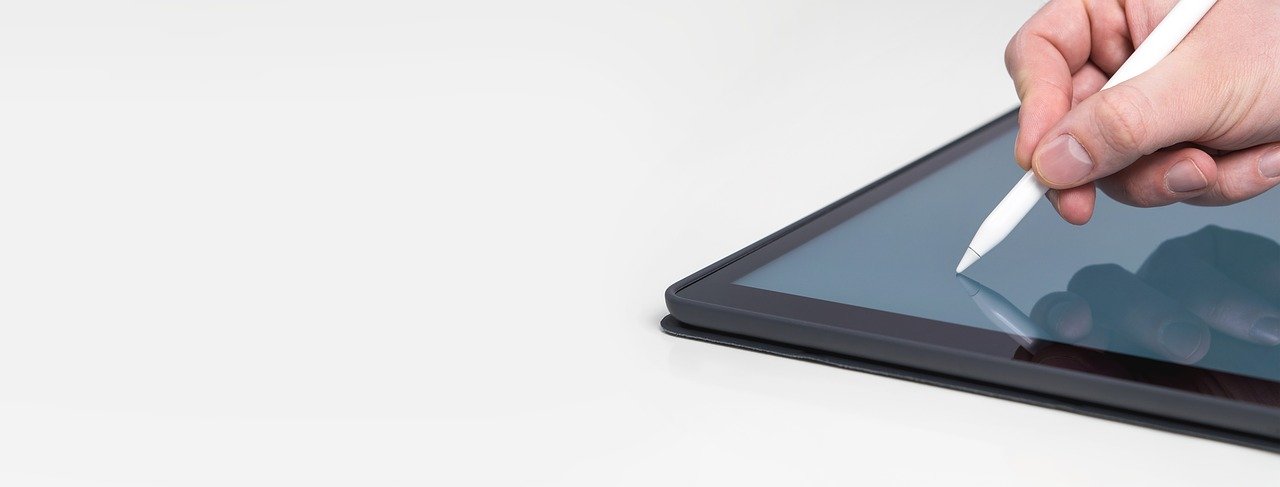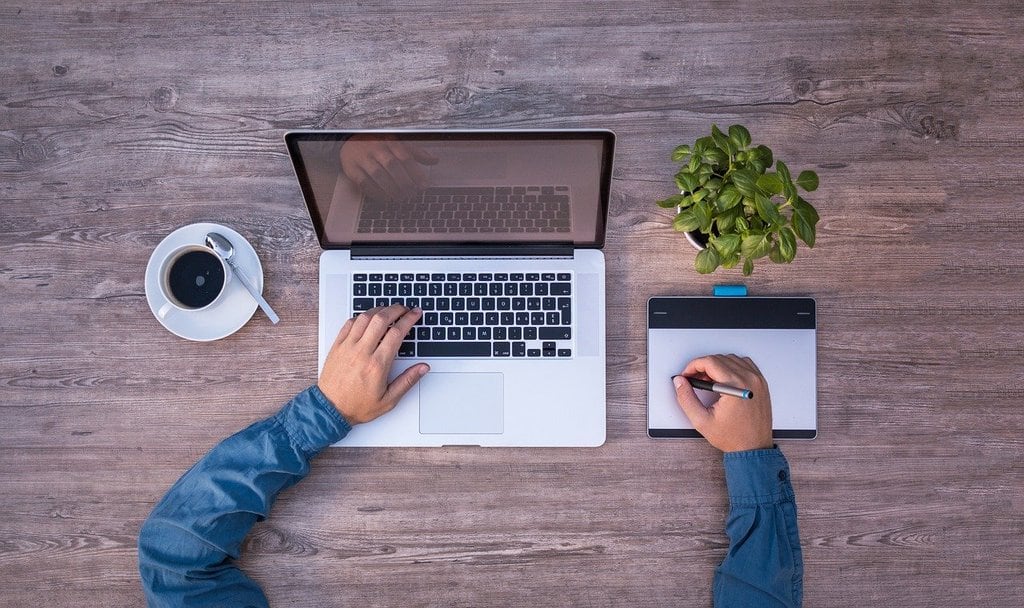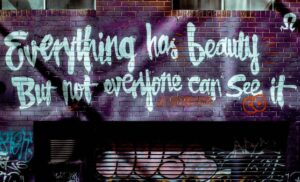Unlocking creative potential involves more than just sitting down with a blank canvas or a new project. It’s about creating a consistent workflow that supports productivity and inspiration. The key is to develop a set of habits and techniques that facilitate not only creativity but also efficiency. By establishing a structure, it’s possible to channel creative energy effectively and turn ideas into reality with greater ease.
Optimizing your creative workflow for maximum potential
Having a well-structured workflow does not mean suppressing spontaneity; on the contrary, it serves as a foundation that allows ideas to flow more freely. This framework can be adapted based on personal preferences and the nature of the work. One way to begin is by breaking down larger tasks into smaller, more manageable segments. This approach minimizes overwhelm and offers a clearer path forward.
To optimize a creative workflow, start by setting clear goals and defining the purpose of each project. Whether it’s brainstorming new concepts or refining existing ones, every step should be directed towards these goals. Defining objectives ensures that each session is productive and contributes to the overall vision. In addition, maintaining a regular schedule for creative work—whether daily or weekly—reinforces the habit and makes it easier to enter the creative mindset.

Create a dedicated space for creativity
The environment in which creative work is done significantly influences productivity. Having a designated workspace, free of distractions, is fundamental to developing a productive workflow. This space should reflect the nature of the work being done. A minimalist setting might suit some, while others might find inspiration in more dynamic surroundings with visual stimuli.
Setting up a creative workspace doesn’t require much: comfortable seating, proper lighting, and a layout that keeps essential tools within reach. Consider adding personal touches like artwork, quotes, or mood boards that resonate with the project’s theme. Additionally, ensuring that digital devices are organized with relevant applications and files easily accessible can streamline the process and reduce unnecessary interruptions.
Establish a consistent routine
Establishing a routine helps in programming the mind to be creative at specific times. This doesn’t imply sticking to rigid hours but rather finding a rhythm that suits individual energy levels. Some might prefer to start their day early with a focused session, while others might be more creative in the late afternoon or evening. Experimenting with different times can reveal the most productive periods for engaging in creative tasks.
When establishing a routine, include short breaks to refresh the mind. A balance between work and rest enhances productivity and prevents burnout. Short walks, stretching, or even engaging in a different type of creative activity like listening to music or sketching can reset the mental state and pave the way for new ideas.
Leveraging techniques and tools for a productive workflow
Incorporating various techniques and tools can also elevate a creative workflow. For instance, using a time-blocking method helps in dedicating specific intervals for particular tasks, ensuring that projects move forward steadily. Likewise, adopting techniques like mind mapping or freewriting can unlock new perspectives and solutions that might not be apparent through traditional methods.
Below is a list of techniques and tools that can boost creativity and productivity :
- Mind mapping tools: help organize thoughts and visually connect ideas.
- Time-blocking apps: allocate time slots for focused work sessions.
- Brainstorming software: capture spontaneous ideas and track them for future use.
- Task management applications: prioritize tasks and monitor progress.
- Creative prompts and challenges: stimulate thinking outside the box.
Using these tools can streamline tasks and make the process of capturing, organizing, and executing ideas more seamless. It’s worth experimenting with different options to find what best supports each creative process.
Embrace the process of iteration and refinement
Creativity often thrives on the process of iteration—reviewing and refining ideas until they reach their full potential. This process is not linear; it involves a cycle of developing, revisiting, and revising ideas. It’s common for initial drafts or prototypes to look different from the final product, as the concept evolves over time.
Rather than seeing changes as setbacks, view them as an essential part of the creative journey. Each iteration provides valuable insights, paving the way for stronger and more polished outcomes. Consider setting checkpoints for review, either at the end of each session or at specific milestones within the project. This habit keeps the work aligned with the overall vision and prevents deviating too far from the intended path.
Encouraging a mindset of growth and exploration
Cultivating a mindset that welcomes new ideas and perspectives is fundamental to unlocking creative potential. It’s common to encounter moments of self-doubt or creative block, but these should be seen as opportunities to explore different directions. Taking on new challenges, collaborating with others, or stepping outside of one’s comfort zone can introduce fresh viewpoints and stimulate innovation.
Nurturing creativity involves continuous learning and staying curious. Engaging in activities like reading, attending workshops, or even casual discussions with peers can spark ideas that may influence the current project or inspire future ones. Experimentation is a key aspect of growth, and embracing a spirit of curiosity can transform even the most challenging creative blocks into a wellspring of inspiration.
Creative potential is not something that is unlocked in a single step but through a series of practices that form a holistic and sustainable workflow. With the right approach, it’s possible to turn even the most abstract ideas into concrete results.

